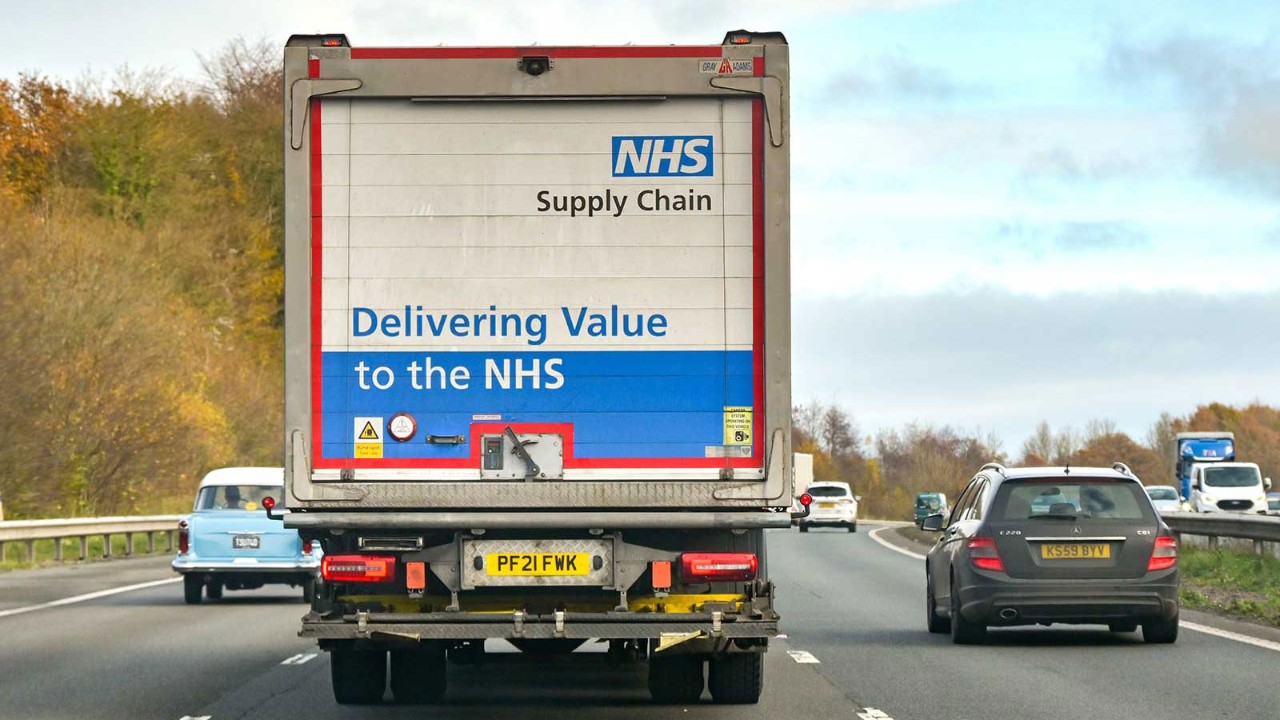
A question I am often asked is how the NHS got into its current financial position. Of course, there is no simple answer, otherwise we might have fixed it by now. Multiple pressures have got us to where we are now.
It’s easy to speculate that the NHS financial deficits could be resolved by more funding. But funding has grown steadily in the past four years (from £143.9bn in 2019/20 to £164.9bn in 2023/24), and yet we still struggle to meet our population healthcare needs. The simple equation of ‘more income = no deficit’ does not apply here, given the complexities involved in healthcare delivery. The issue is not about more funding but getting value from the money we are currently spending.
The Covid disruption caused astonishing loss of budget management skills
The web of logistical processes required for meeting today’s care needs for the whole breadth of society has developed in a patchwork way since the NHS was founded in 1948. Some patches have been developed by design, using cutting-edge capabilities; other patches resemble the processes designed back when the NHS was established.
The pandemic offered an opportunity to inject a pace of change in the NHS around digital innovation and opened minds to different ways of working, including virtual care. But in business processes such as the management of money by budget holders, the disruption has caused astonishing loss of skills and momentum, which to date the NHS has struggled to recover from.
Each NHS trust and system is also affected by local factors that influence the extent of the challenge in managing the deficits. They break down into a number of areas.
In my trust alone, we spend around £1bn a year on staff costs
Workforce
NHS staffing has been significantly disrupted by Covid, with flexible working patterns and unprecedented workforce turnover influencing the efficiency of day-to-day workforce management.
Staff costs are hugely significant – 60%–70% of an NHS provider organisation’s spend relates to staffing. In my trust alone, we spend around £1bn a year on staff costs. Managing this resource requires good workforce planning in the immediate term (rosters and job plans) and in the long term (demand/capacity and therefore training).
It has always been a challenge aligning the long-term planning of trained and skilled staff with the expected demand of services and funding. Failing to get this right results in high premium staffing costs (when capacity needs to be provided in the absence of trained staff being available) and loss of goodwill from overstretched staff, resulting in higher costs and less productive delivery.
The use of standardised electronic planning tools allows us to be better at staffing and offers more insight into behaviours and the cost consequences. We are using these insights to change practice and reduce temporary staff costs. We can also reduce overall established workforce posts through better planning, which also helps improve productivity.
Recruiting staff or purchasing equipment ‘on the hoof’ often comes at a high cost
Funding streams
Planning is a challenge when funding streams to develop care delivery capacity are not consistent. Often short-term funding streams are used to support delivery, but recruiting staff or purchasing equipment ‘on the hoof’ often comes at a higher cost.
When we consider the development of services, we review the average patient-level cost along with the sustainability of funding options. In the long term, if investment enables sustainable care that treats more patients at a lower average cost, this is considered a feasible investment. We need to turn down short-term developments that raise expectations but result in less care in the longer term due to higher costs that cannot continue to be met.
The tech revolution is changing the way we make decisions
Management information
The revolution in the use of technology is changing the way we make decisions. With improved management information we can make better evidenced-based decisions. The use of manual methods of data capture on fragmented systems has historically led to suboptimal investment decisions.
We have found the triangulation of data, such as quality performance information with financial performance information, often identifies that services with poorer operational performance have workforce challenges and higher financial costs. A more holistic approach is being taken to address quality and performance issues, resulting in improved financial outcomes.
Resource management became secondary during the pandemic
Culture and practice
Do you work in an organisation that considers the financial impact as part of everyday decision-making? During the pandemic, the urgency of the NHS response meant that management of resources became a secondary consideration.
Through our finance business partners, we are working with budget managers to ensure that the awareness, understanding and skills needed to manage resources (people and infrastructure) is improved, reducing costs of care.
Accountability across all parts of the organisation for productivity and care outcomes is vital for long-term success. NHS trusts are tasked with providing ‘free at the point of delivery’ care for the public, but this involves ensuring that we also provide the maximum amount of care for the most amount of people within the resources we have available.
Getting any of these factors or influences even a little bit wrong results in a deficit that has a lasting impact on the population until the balance can be restored.



